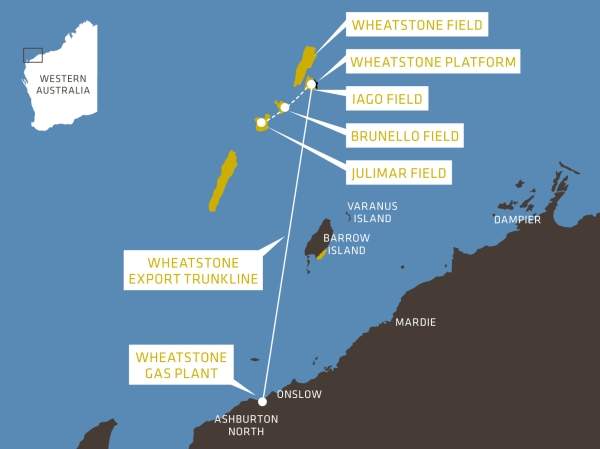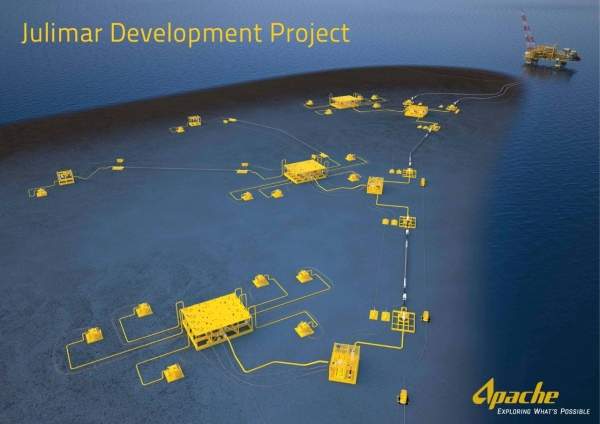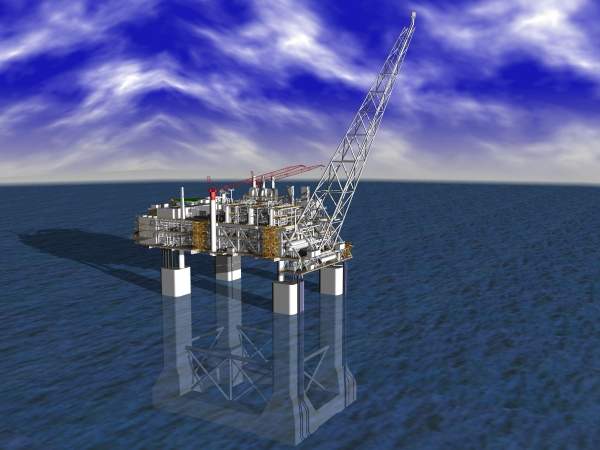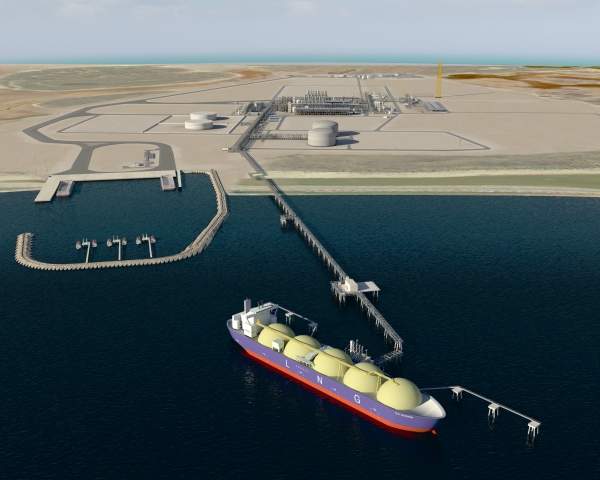The Julimar development project (JDP) includes the development of the Julimar and Brunello natural gas fields. The two fields lie in the WA-356P exploration permit in the Carnarvon Basin, off the coast of Western Australia. Water depth in the permit area is up to 721ft.
Apache Julimar, the Australian subsidiary of Apache Corporation, was the operator of the project and held 65% interest until May 2014. Apache’s equity ownership in Apache Julimar was transferred to Woodside Petroleum under a sales agreement effective from 30 June 2014. The remaining 35% interest is held by Kuwait Foreign Petroleum Exploration Company (KUFPEC).
Julimar and Brunello are the largest gas discoveries made by Apache. The partners in the project are expected to invest $4bn in the development of the two fields. The first production is expected in 2016.
The natural gas produced from the fields will be supplied to the Wheatstone LNG Project being developed by Chevron in Western Australia.
Woodside Petroleum holds 13% interest in the Wheatstone project while Chevron and KUFPEC hold 64.1% and 13.4% respectively.
Discovery of the Julimar and Brunello natural gas fields
The Julimar field was discovered in April 2007 by the Julimar-1 well. Sedco 703 rig drilled the well to a depth of 12,221ft and encountered 132ft of gas column.
The Brunello field was discovered by the Brunello-1 well in September 2007.
Geology and reserves of the Carnarvon Basin
Julimar and Brunello field reservoirs are of the Triassic Mungaroo formation.
Combined recoverable gas reserves of the two fields are estimated to be in excess of 2.1 trillion cubic feet.
Drilling and exploration of the Australian coastal area
Three appraisal wells have been drilled at the Julimar field following the discovery. The Julimar East-1 appraisal well was drilled to a depth of 13,517ft and encountered 224ft of gas in six zones of the Triassic Mungaroo formation.
The Julimar Northwest-1 encountered 43ft of gas in the J-17 Triassic Mungaroo sandstone.
The third appraisal well, Julimar Southeast-1, discovered 195ft of gas in five zones in the Triassic Mungaroo reservoir.
Field development
FEED studies of the project commenced in May 2010. A preliminary development plan was submitted to the government six months later. The final development plan (FDP) submitted to the government in May 2011 was approved in August 2011. Apache took the final investment decision on the project in September 2011.
The development is phased out over 20 years. It involves drilling 20 subsea production wells in total. The drilling will be carried out from three drill hubs and two remote locations. The subsea wells will be tied back to the Wheatstone platform.
The initial phase of the project will start with the development of the Brunello field as it is located closest to the Wheatstone platform.
Wheatstone central processing platform
The Wheatstone platform will be one of the biggest integrated production facilities in the world. It will feature topsides weighing 35,000t and a gravity-based structure weighing 22,000t.
Each of the 20 wells of the subsea production system will be tied back to three eight-slot manifolds. The manifolds will be installed on the sea bed and connected through flowlines. Two raw gas production lines will connect the manifolds to the Wheatstone platform.
The JDP gas recovered from the project will be mixed with gas produced by the Chevron-operated Wheatstone and Iago fields on the Wheatstone platform.
The mixed gas will then be exported through a 225km subsea pipeline to the Wheatstone LNG facility near Onslow in Western Australia. The LNG facility will consist of two processing trains with an annual capacity of 8.9mt of LNG.
Contracts awarded
In May 2010, J P Kenny, part of Wood Group, was awarded the front end engineering and design (FEED) contract for the project. The scope of work includes FEED studies for the subsea development system. ASEEDA was subcontracted by J P Kenny for carrying out the FEED studies.
Mustang Engineering was involved in the review of carbon dioxide and nitrogen removal technologies suitable for use in the fields.
Atteris provided design services for shore approaches of pipelines for the project.
In February 2012, GE Oil & Gas won a $150m contract to provide subsea equipment for the project. The scope of supply includes subsea manifolds, well systems and fully integrated subsea and topside control systems.
In October 2012, three major contracts worth about $521m (A$500m) were announced for the project. Allseas Construction Contractors Australia, a subsidiary of Swiss-based Allseas Group, was contracted to transport and install two 25km long corrosion-resistant alloy (CRA) pipelines, a 4in utility pipeline and the associated pipeline equipment.
The second contract was won by an Australian subsidiary of Subsea 7. The contract calls for transportation and installation of subsea equipment including production manifolds, spools, jumpers and a subsea electro-hydraulic umbilical measuring 25km in length.
The third contract, which was won by Oceaneering International Services, calls for the construction and delivery of the electro-hydraulic umbilical.
In January 2015, Apache awarded a A$130m ($105m) subsea construction contract to EMAS AMC to deploy its heavy-lift multi-lay deepwater offshore construction vessel Lewek Constellation at the Julimar project.






